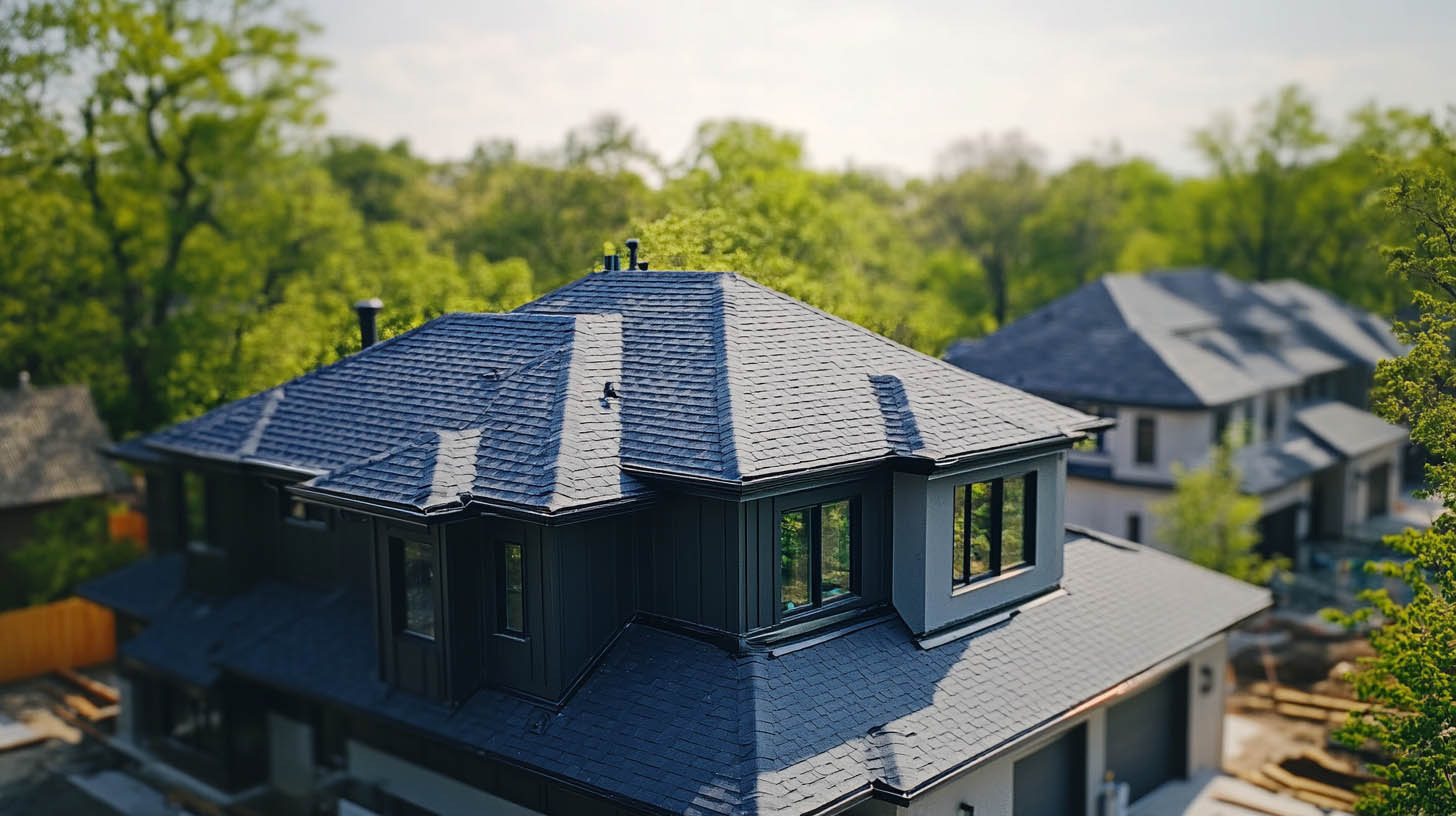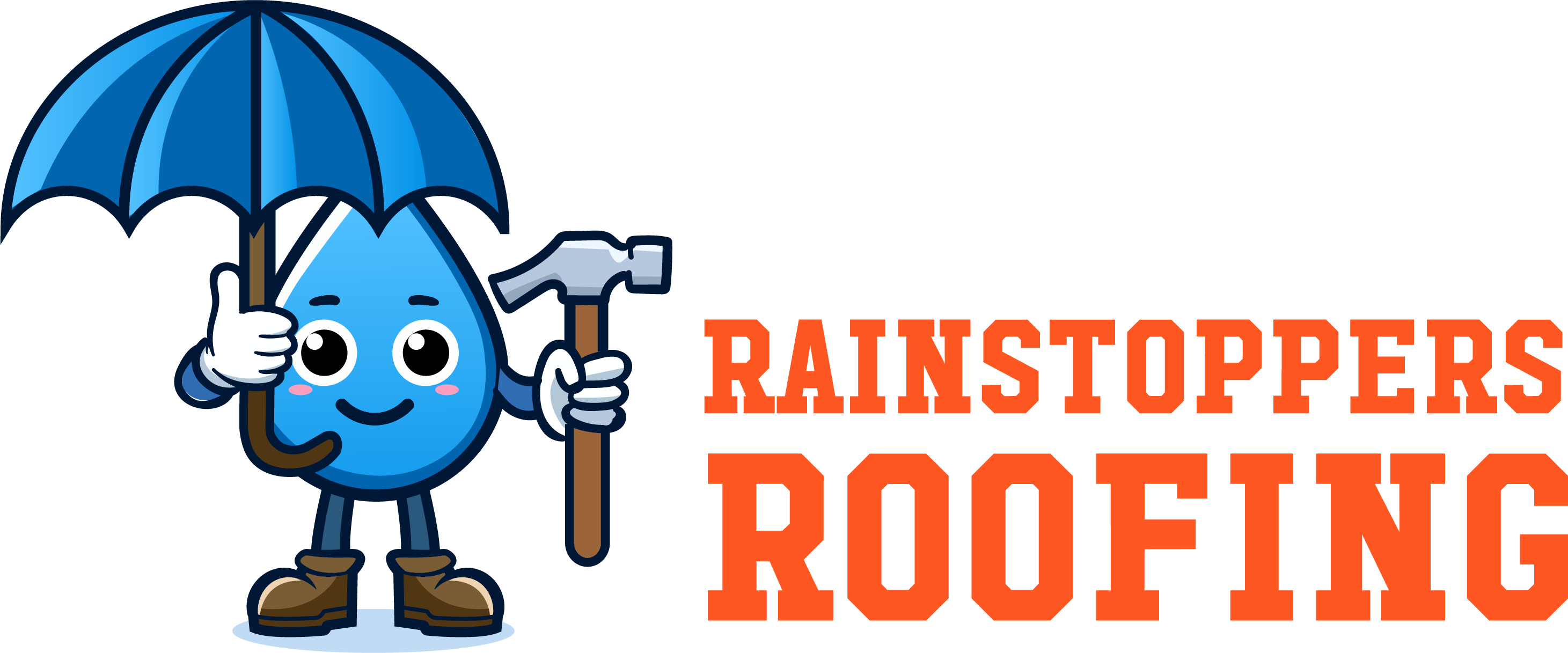
Owning a home comes with the responsibility of maintaining your roof, which is your primary defense against the elements. Over time, various roofing issues can arise, and addressing them promptly can save you from costly repairs down the road. Rainstoppers Roofing in Charleston, WV, is here to help you understand and solve the most common roofing problems that homeowners face.
1. Damaged or Missing Shingles
Damaged or missing shingles are one of the most frequent roofing issues, often caused by severe weather, aging, or poor installation. Shingles can become cracked, curled, or blow off entirely during storms. Ignoring this problem can lead to water infiltration, mold growth, and structural damage.
Fact: Up to 30% of shingle damage occurs due to wind-related incidents. High winds can lift and tear shingles, compromising the roof’s waterproof barrier.
If you notice missing or damaged shingles, contact a professional roofer like Rainstoppers Roofing to assess the damage. It’s essential to replace missing shingles as soon as possible to avoid further issues, especially leaks.
2. Roof Leaks and Water Damage
Roof leaks are a serious concern for homeowners, often resulting from damaged flashing, clogged gutters, or deteriorated seals around chimneys, skylights, and vents. Water entering your home can cause stains, rot, and mold, creating health hazards and damaging your home’s structure.
Look for signs of water damage, such as water stains on your ceilings or walls, musty odors, or mold growth. Addressing these signs early can prevent extensive damage. Regular roof inspections and timely repairs are crucial to maintaining a watertight roof.
3. Poor Ventilation
Poor roof ventilation can cause a range of problems, from increased energy costs to premature roof deterioration. Without adequate ventilation, heat and moisture can accumulate in the attic, causing shingles to age prematurely and wooden beams to rot.
Proper ventilation allows air to circulate, preventing heat buildup and reducing the risk of moisture damage. Solutions include installing ridge vents, soffit vents, or attic fans to improve air circulation and protect your roof from damage.
Fact: A well-ventilated attic can extend the life of your roof by reducing the risk of moisture-related damage. It can also lower your cooling costs during the summer by preventing heat buildup in your attic.
4. Flashing Problems
Flashing is the material installed around roof openings that prevents water from seeping into these vulnerable areas. Over time, flashing can deteriorate due to weather exposure or poor installation, leading to leaks and water damage.
If you notice loose or damaged flashing, it’s crucial to repair it promptly to avoid water infiltration. Properly installed flashing helps keep your roof and home dry by sealing off these potential entry points for water.
Conclusion
Addressing common roofing problems quickly and effectively is key to maintaining the integrity of your home. Whether you’re dealing with damaged shingles, roof leaks, poor ventilation, or flashing issues, taking proactive steps can save you from more extensive repairs down the line. For reliable residential roofing services in Charleston, Rainstoppers Roofing is ready to assist with inspections, repairs, and replacements to keep your roof in top shape.
FAQs
- What causes shingles to crack or curl?
Shingles can crack or curl due to aging, exposure to extreme weather, or improper installation. Regular inspections can help identify these issues early. - How can I prevent roof leaks?
Ensure that your roof is regularly inspected and that any damaged shingles, flashing, or seals are promptly repaired to prevent water from entering your home. - Why is roof ventilation important?
Proper ventilation reduces the risk of moisture buildup in your attic, which can cause mold, rot, and shingle deterioration. It also improves energy efficiency. - When should I replace my roof’s flashing?
Flashing should be replaced if it shows signs of wear, such as rusting, warping, or separating from the roof. Damaged flashing can lead to leaks and should be addressed immediately. - How often should I inspect my roof for damage?
It’s recommended to inspect your roof at least twice a year and after any major storms or severe weather events to identify and address potential issues early.
For expert tips to maximize the lifespan of your roof, click here.
